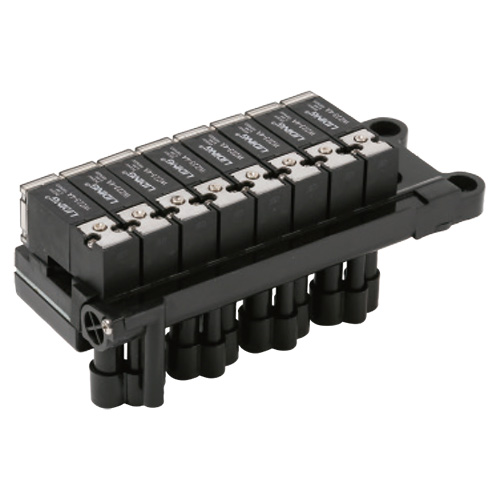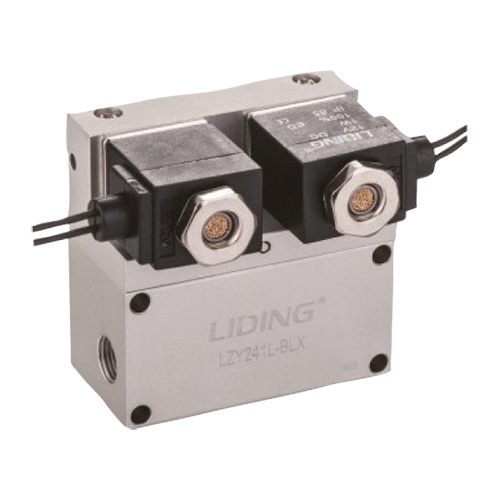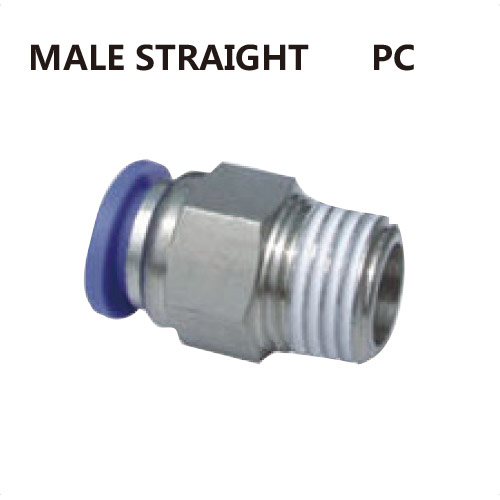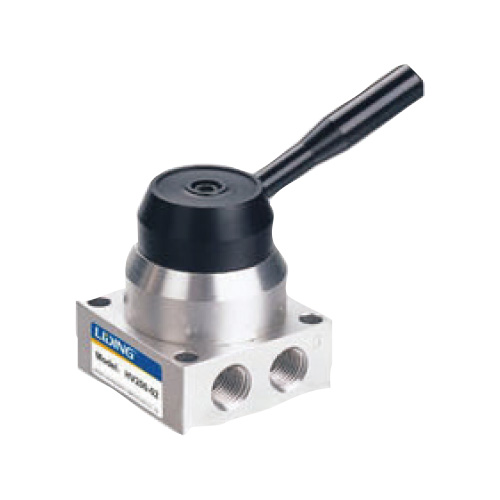NBLIDA Control Valves: Workding Process and Advantages
Control Valves have been designed to control and regula […]
Control Valves have been designed to control and regulate pressure and flow rate. They can automatically do the job and eliminate the need for you to constantly keep an eye on the system. You can choose the correct control valve for the specific desired pressure. It’s interesting to know that Control Valves are also known as the final control element in automatic control terminology which is due to the process control valves operating within their system.
The working process
The process plant comprises a lot of loops for control to deliver products with quality. These control loops already have their set temperature, pressure, and flow for the maintenance of the required operating range. The sensors and transmitters measure the internal disturbances in each of the control loops. The controllers will then decide what should be done to correct the disturbances of the load based on the collected information.
A controlling element is implemented after the collected data have been analysed, measured, and compared. This is the time when the control valve becomes useful to reduce disturbances. Think about the principle around the flowing fluid manipulation such as chemical compounds, gas or water to ensure that the load disturbance is minimised and the process variable is regulated to the closest value of the setpoint desired.
Advantages
Lowest cost
Ability to throttle without positioner Simplicity
Inherent failure-mode action
Low supply-pressure requirement
Adjustability to varying conditions
Ease of maintenance
Go to our site https://www.nblida.com/ to know more information.








